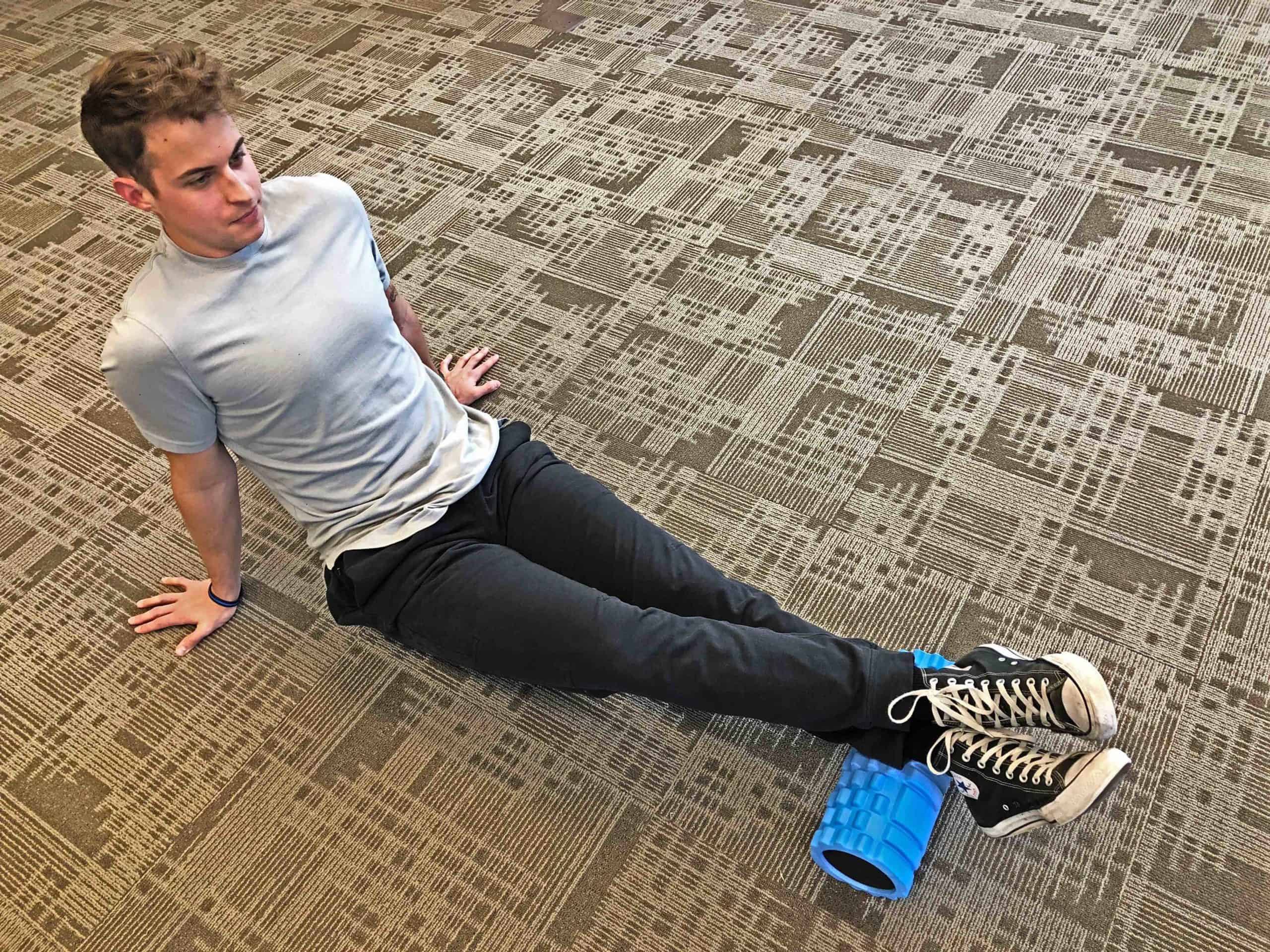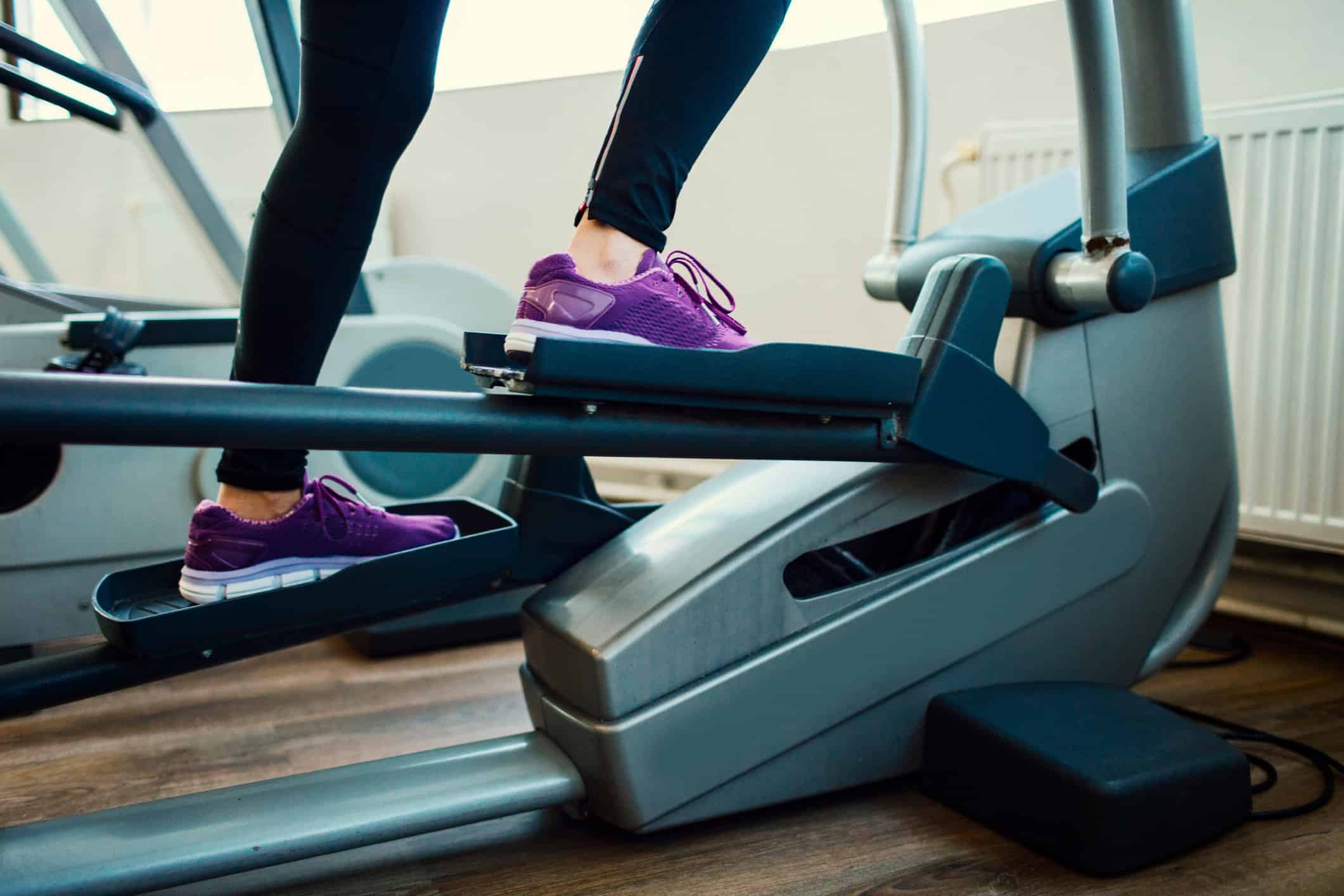Sit for hours on end and feel like the Tin Man after a long day’s work? Have sore muscles after following a few weeks of Noom’s “Build Your Own Workouts?”
Aches, pains, and stiff muscles should not be your norm. Although the body’s fascia (connective tissue) is thin and malleable, it can become knotted up and cause adhesions, which contribute to aches and pains. One great way to prevent, and even reverse, the effects of these adhesions of fascia is through self-myofascial release.
Self-myofasical release is a fancy term that means “self-massage” of areas where the body’s connective tissue may be tight and painful. The most common form of this self-massage is foam rolling. Foam rolling is an inexpensive technique that allows you to control and apply pressure to muscles and soft tissue. This technique is used to release tight and painful spots, restore normal blood flow to the muscle, and improve flexibility.
Interested in how to get started foam rolling? Here’s Noom’s quick guide to foam rollin’.
Should I foam roll?
Foam rolling can be used to relieve day-to-day muscle tension or help stretch your muscles after a strenuous workout. So whether you’re an experienced fitness enthusiast or brand new to exercise, you can benefit from foam rolling!
Next time you’re at the gym and see that foam roller in the corner, don’t be afraid to go try it out! You might even find yourself investing in your own soon enough. Did somebody say self-care?
When should I foam roll?
Foam rolling can be done before or after exercise! It can also be done on its own as part of a healthy, self-care routine. Warning: It feels real good.
Where should I foam roll?
Common areas to foam roll include your calves, hamstrings (back of legs), IT bands (side of legs), and upper back. Never roll directly on any joint (think: knees, shoulders, lower back, or neck).
How do I foam roll?
- Place the foam roller under the area you want to target.
- Slowly roll your body weight on the roller 10-20 times, moving about 1-2 inches back and forth.
- If you find a specifically tender or painful area, try and hold on that position and take 4-5 deep breaths (about 20-30 seconds). As you hold, you should feel this spot relax and the pain lessen.
- Once you complete 10-20 rolls, move the foam roller up or down the muscle to target a different area.
- Foam rolling can be uncomfortable, but any discomfort should resolve as you roll. Drink plenty of water after your first few foam rolling sessions and ensure you have rested 1-2 days before rolling the same area again.
Now tells us this: Where’s your favorite spot to foam roll?
Interested in reading more about fascia and ways to take care of it? Check out Coach Adrienne’s awesome post on the body’s fascia here: Hydrating Fascia
Real results with a personalized weight loss program
Take the quiz!




